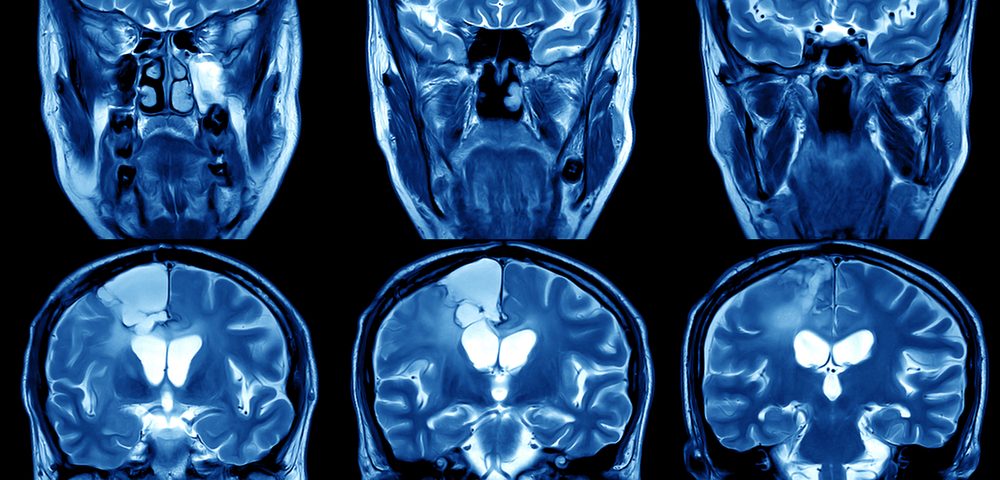Researchers at Stanford University School of Medicine say they’ve discovered the “choke point” of absence seizures in the brain, and that these seizures can be reduced, stopped, or even prevented with a technique they have developed.
They published their study, “Bidirectional Control of Generalized Epilepsy Networks via Rapid Real-Time Switching of Firing Mode,” in the journal Neuron.
Using a neuromodulation method called optogenetics and rodent models, the researchers, led by Jeanne Paz, MD, demonstrated that seizures are triggered by inducing synchronized, rhythmic activity within the thalamocortical tract. Disrupting that activity can stop seizures, the researchers found. In the brain, all sensory information, except olfaction, reaches the cerebral cortex via the thalamocortical tract.
The researchers inserted a gene that produces a light-sensitive, cell-surface protein into the thalamocortical tract of the rodent models. The nerve cells were prevented from firing using a yellow light.
“A single pulse of yellow light was enough to generate rhythmic firing activity throughout the cortex, in both hemispheres of the brain,” John Huguenard, PhD, one of the study’s authors, said in a news release.
The researchers saw that the thalamocortical neurons were more excitable when another light-sensitive protein was inserted in the rodent’s brains and a blue light shone on them. The move disrupted the neurons’ collective firing and seizure activity was blocked.
“Our study shows that the thalamus is a choke point whose involvement is essential to the maintenance of absence seizures,” Paz said.
Treatments that can switch thalamocortical neurons from a synchronized firing pattern to a more chaotic one might halt absence seizures, the researchers suggest.
Absence seizures, a form of epilepsy seen in children ages 6 to 15, are characterized by sudden, brief periods of unconsciousness, which can be accompanied by uncontrolled movements. They may occur alone or may coexist with other types of seizures in a child with other epileptic syndromes.
They are caused by abnormal activity in a person’s brain, specifically by patterns of rhythmic nerve-cell firing activity, with the thalamocortical tract, a nerve circuitry thought to involved in this type of seizure.


